Astronomers have uncovered one of the most astonishing cosmic events ever observed: a rogue planet — a world drifting freely through space without orbiting a star — appears to be consuming its surrounding gas and dust at an incredible rate of six billion tons every second. The planet, named Cha 1107-7626, is growing so rapidly that it challenges long-standing definitions of what separates a planet from a star.
This cosmic gluttony, detected through a combination of infrared and radio telescope data, has left scientists stunned. Such explosive growth had only been seen around young stars in formation, not around objects classified as planets. The finding could rewrite textbooks on planetary evolution and the processes that shape the universe’s most mysterious wanderers.
The Birth of a Cosmic Anomaly
Cha 1107-7626 is located roughly 620 light-years away in the Chamaeleon constellation, a region known for its dense molecular clouds where new celestial bodies are born. What makes this object extraordinary is its independence — it doesn’t orbit a star, and yet it behaves as though it’s still in the throes of stellar infancy.
Using high-resolution instruments, astronomers observed massive amounts of gas and dust swirling around the rogue planet. This material is rapidly falling inward, heating up, and releasing bursts of energy that make the planet glow brighter than ever before. Over a period of just a few months, Cha 1107-7626’s light signature changed dramatically, indicating that its accretion rate — the amount of material it’s absorbing — had skyrocketed.
At its peak, the planet was devouring six billion tons per second — roughly equivalent to swallowing an entire Mount Everest every half hour.
Acting More Like a Star Than a Planet
The intensity of Cha 1107-7626’s growth is forcing scientists to rethink what defines a planet. Traditionally, a planet forms within the disc of material around a young star, collecting leftovers from the stellar formation process. A star, on the other hand, forms directly from the collapse of a gas cloud under gravity, igniting nuclear fusion once enough mass is gathered.
But Cha 1107-7626 doesn’t fit neatly into either category. It has no host star and no fusion, yet it’s accreting matter with a ferocity seen only in newborn suns. Some astronomers now believe that such rogue planets might represent a missing evolutionary link — celestial objects that begin like stars but never gather enough mass to ignite.
In other words, Cha 1107-7626 could be a “failed star” caught in the act of trying to grow up.
What Could Be Driving the Frenzy
Researchers propose several possible explanations for the planet’s extreme feeding behavior:
- Magnetic Channeling:
The planet might possess powerful magnetic fields that act like funnels, drawing gas and dust from the surrounding disc onto its surface at tremendous speeds. Similar processes occur in young stars known as T Tauri stars, which exhibit violent bursts of accretion early in life. - Disc Instability:
The disc surrounding the planet could be unstable, causing large chunks of material to collapse inward all at once. This instability might be triggered by turbulence or gravitational fluctuations within the disc. - Thermal Outbursts:
As material falls onto the planet, it heats up, temporarily increasing pressure and triggering additional infall — a runaway feedback loop that accelerates the accretion process. - Environmental Influence:
Because Cha 1107-7626 exists in a dense star-forming region, it could be influenced by nearby gravitational forces or radiation, further disturbing its disc and enhancing its growth rate.
Whatever the cause, the event marks one of the most extreme examples of planetary-scale accretion ever seen.
The Implications: Rethinking How Worlds Are Born
The discovery has profound implications for how astronomers understand the birth and evolution of planets. Until now, scientists believed planets could only form within the protective environment of a star system. But Cha 1107-7626 suggests that some planets — or planet-like bodies — might form in isolation, directly from collapsing gas clouds, much like stars do.
This could mean the universe is teeming with rogue planets — massive, starless wanderers drifting between galaxies, some still actively growing. If these bodies are common, they may represent an entirely new category of celestial object, one that bridges the gap between planet and brown dwarf.
Additionally, this discovery challenges the long-held belief that planet formation is a slow, stable process. Instead, it appears that planets, especially massive ones, can undergo violent growth spurts, devouring vast amounts of material in short, chaotic episodes before settling into equilibrium.
Observing a Planet in Real Time
What makes Cha 1107-7626 particularly exciting is that scientists are witnessing this process in real time. Its accretion rate has fluctuated dramatically within a single year — an incredibly short time by cosmic standards. Future observations will determine whether the planet continues to grow at this rate or if it eventually stabilizes.
Telescopes around the world, including space-based observatories, are now being directed at the region to capture every phase of the event. Astronomers hope to study the temperature, chemical composition, and magnetic properties of the surrounding material to uncover what triggers such explosive behavior.
The data collected could also help refine computer models of planet formation, which until now have struggled to explain how giant planets like Jupiter and Saturn reached their enormous sizes so quickly in the early solar system.
A Window Into the Universe’s Hidden Giants
Cha 1107-7626 may be just the beginning. If one rogue planet can consume matter like a star, others may be lurking in the shadows, undetected. Advances in infrared and radio astronomy are making it increasingly possible to spot faint, isolated worlds that were invisible before.
Some astronomers even speculate that rogue planets could outnumber stars in the Milky Way — billions of dark, wandering worlds that drift between systems. If these objects are capable of bursts of growth like Cha 1107-7626, they may play a far greater role in the galaxy’s evolution than previously realized.
The Cosmic Mystery Deepens
The most perplexing question remains unanswered: Why now? Why is this rogue planet undergoing such a dramatic feeding frenzy at this specific moment?
Some researchers suspect that the planet has recently passed through a dense cloud of interstellar material, temporarily fueling its growth. Others believe the outburst could be part of a recurring cycle, similar to the flare-ups seen in young stars.
Whatever the case, Cha 1107-7626 offers a rare glimpse into one of nature’s most powerful processes — a planet behaving like a star, rewriting the rules of cosmic formation in the process.
The Bigger Picture
This discovery reminds us that the universe is still full of surprises. Even as technology allows us to peer deeper into space than ever before, celestial objects continue to defy our expectations. Cha 1107-7626 is more than just a rogue planet — it’s a living experiment in how the cosmos builds and transforms its worlds.
If future studies confirm that planets can form and evolve independently of stars, our understanding of the galaxy’s architecture will have to change. The line between planet and star — already thin — may all but disappear.

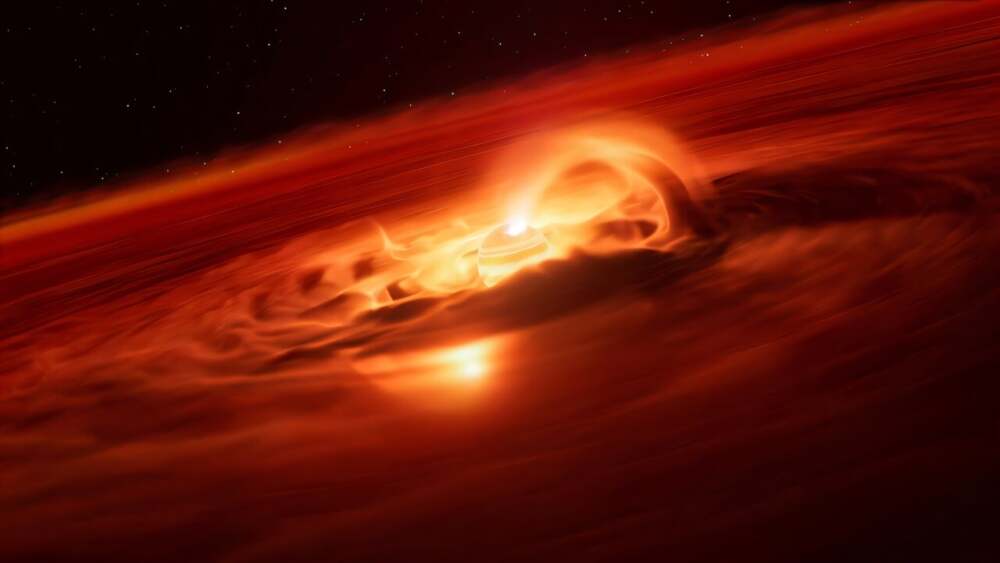
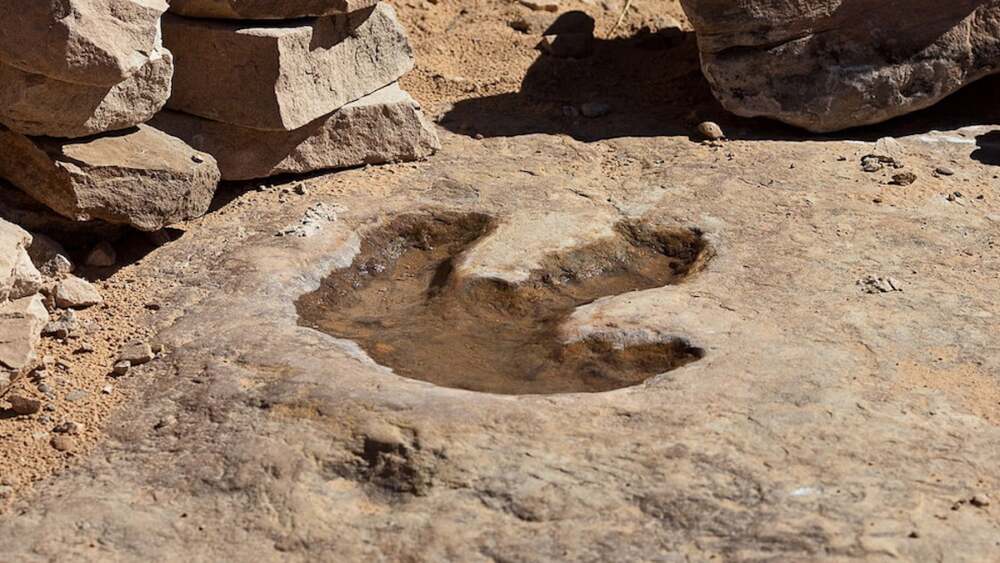




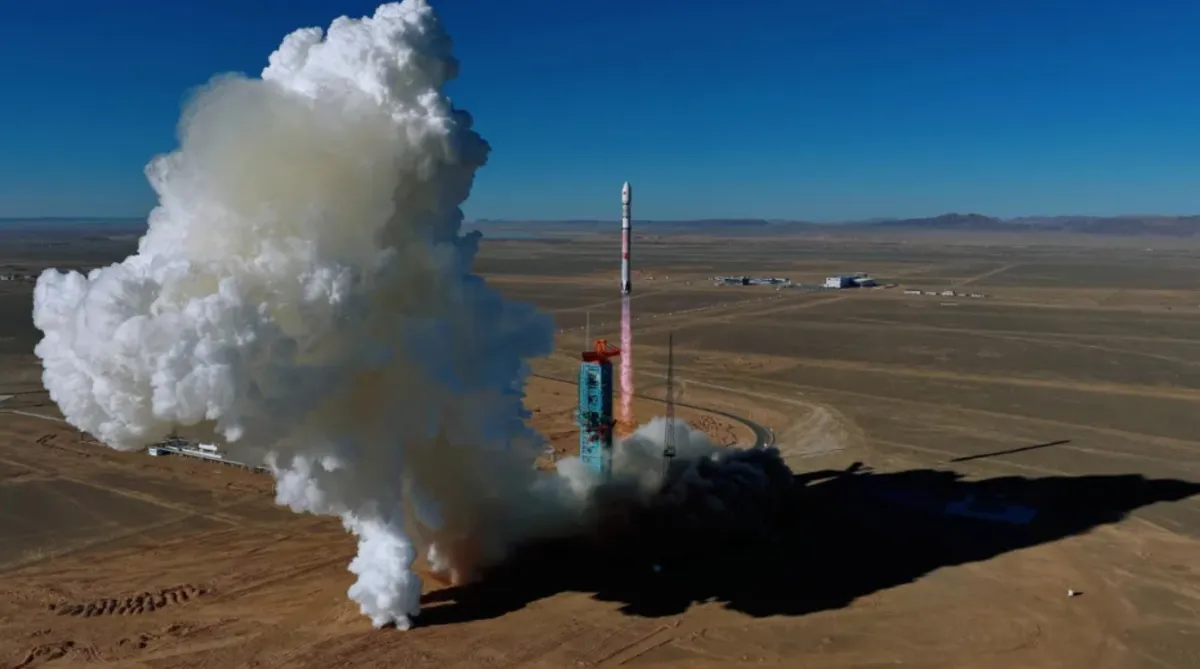


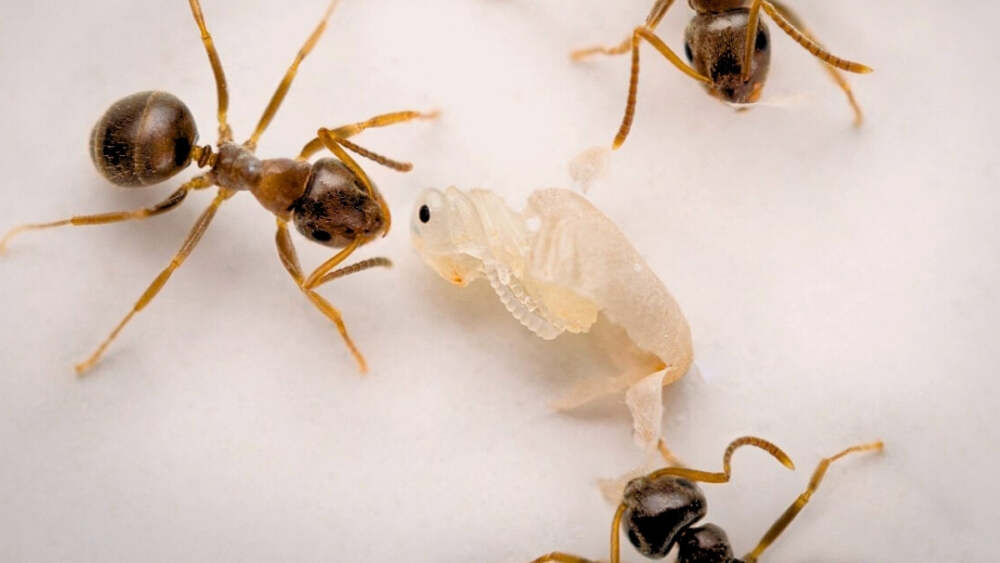
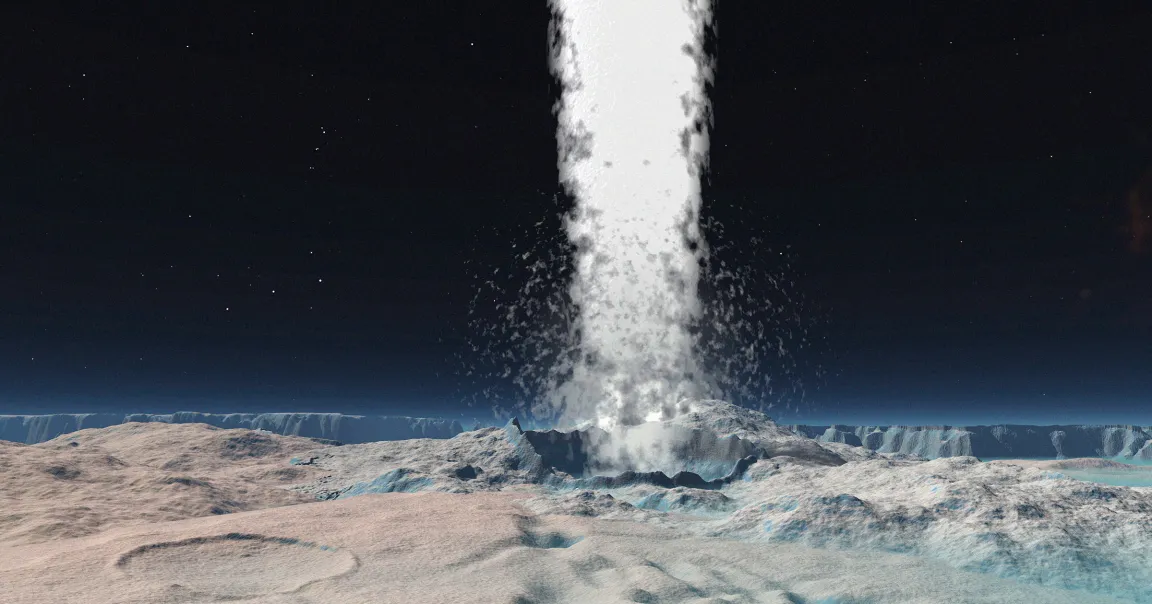


Leave a Reply